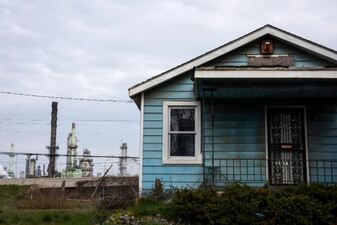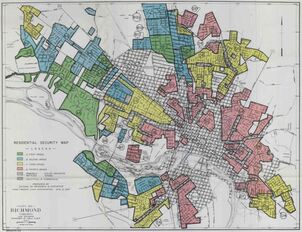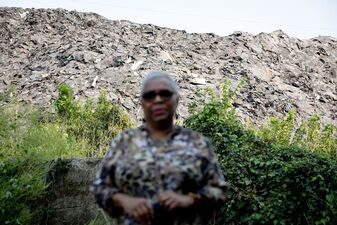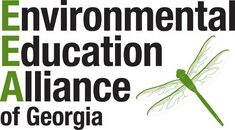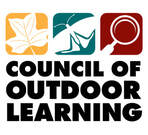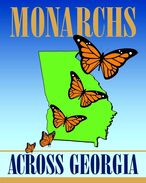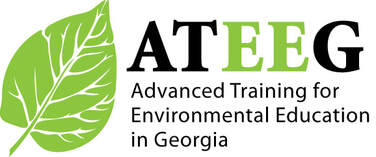Environmental Education Alliance of Georgia
- Our Story
- Our Team
- Our Events
-
Our Resources
- Wildlife Viewing
- Earth Month Activities
- Garden-based Learning
- EcoEngineering Challenges
- Community (Citizen) Science
- Phenomenon-Based Learning
- Problem-Based Learning
- Place-Based Learning
- Project-Based Learning
- Teaching about Climate Change
- Teaching about EJ
- Zero Waste Heroes
- SAGES Project
- Virtual EE Resources
- Environmental Clubs
- Evaluation and Assessment
-
Our Work
- Our News
- Our Impact
- JOIN or GIVE
- Member Portal
- Contact Us
- Outdoor Learning Store
- PassTick2023-4
- Annual Report
- New Page
- Past 2022 EEA Conference
- Past EEA Board 2021-22
- Past 2022 conferenceoverview
- Non-clickable Page
- New Page
- EEA Guest Blog
- Our Story
- Our Team
- Our Events
-
Our Resources
- Wildlife Viewing
- Earth Month Activities
- Garden-based Learning
- EcoEngineering Challenges
- Community (Citizen) Science
- Phenomenon-Based Learning
- Problem-Based Learning
- Place-Based Learning
- Project-Based Learning
- Teaching about Climate Change
- Teaching about EJ
- Zero Waste Heroes
- SAGES Project
- Virtual EE Resources
- Environmental Clubs
- Evaluation and Assessment
-
Our Work
- Our News
- Our Impact
- JOIN or GIVE
- Member Portal
- Contact Us
- Outdoor Learning Store
- PassTick2023-4
- Annual Report
- New Page
- Past 2022 EEA Conference
- Past EEA Board 2021-22
- Past 2022 conferenceoverview
- Non-clickable Page
- New Page
- EEA Guest Blog
ABOUT EEA
Environmental Justice
Environmental problems have an outsized effect on poor people in our country and across the world. Everyone has a right to equal environmental protection under the law. And we all deserve to live, work and play in communities that are safe and healthy. However, environmental impacts disproportionately result in poor people being more likely to be exposed to environmental hazards and related health burdens. In addition, past policies based on race or ethnicity have had a lasting adverse impact on communities and people of color.
Environmental educators can help students recognize the disparities; learn about environmental impacts scientifically; understand the factors that contribute to disproportionate health burdens, including economics and public policy; and provide opportunities for student problem-solving and decision-making that can make a difference in the world.
To learn more, read "Race, Class, Gender and American Environmentalism" by Dorceta E. Taylor.
Environmental educators can help students recognize the disparities; learn about environmental impacts scientifically; understand the factors that contribute to disproportionate health burdens, including economics and public policy; and provide opportunities for student problem-solving and decision-making that can make a difference in the world.
To learn more, read "Race, Class, Gender and American Environmentalism" by Dorceta E. Taylor.
Disproportionate Impacts of Pollution
Click images to learn more
|
People of color are exposed to more air pollution, in part due to the proximity of segregated neighborhoods to industrial areas, but also across all income levels.
|
Housing loan policies once limited where people of color could live (a practice known as redlining) and still affects those neighborhoods through the urban heat island effect.
|
From coal ash to mine tailings to asphalt shingles, poor communities have often become dump sites for toxic waste created elsewhere.
|
|
Environmental Education Alliance, Inc.
P.O. Box 801066 | Acworth, GA 30101 EEA does not does not discriminate on the basis of race, color, national origin, sex, age, or disability in its program , activities, or employment. For more information on EEA's non-discrimination commitment click here . Grievance officer may be contacted at [email protected] |
Proudly powered by Weebly
|
